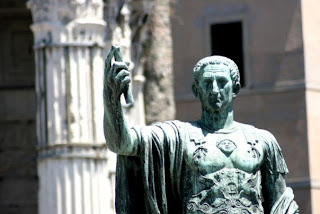Working with Slow Shutter Speeds

Many digital cameras (from digital SLRs to simple point-and-shoot cameras) now include an option to adjust the shutter speed , or how long the shutter of the camera is open. This allows you to capture not just a moment in time, but maybe a few seconds, or more, in your pictures. The above picture is of the Champs-Élysées, a very busy street, in Paris, taken from the Arc de Triomphe. For this shot, I left the shutter of the camera open for 30 seconds. During that time, cars drove down the street, and because the camera captures any light while the shutter is open, it results in streaks of white and red lines from the cars' lights. To use this feature, you'll want to look for any kind of shutter-control mode on your camera. Canon (and probably a few others) call it "Tv" mode, for "time value." Once you've found it, try increasing the amount of time that the shutter is open (a typical amount of time for a regular picture is usually between 1/200th and ...

